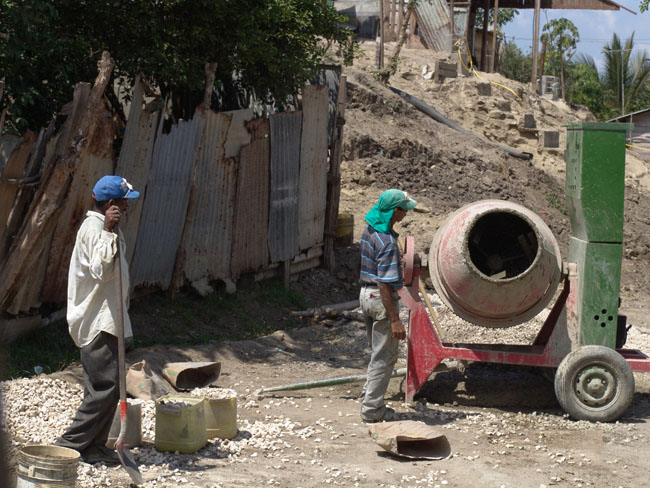Post-Disaster Recovery Processes: Gaps and Challenges
As a key instrument in post-disaster recovery processes, humanitarian aid could only be associated with theoretical and practical inconsistencies, and, in the worst case scenario, an ethically-limited approach that fails to address a more substantive issue: the lack of sustainable human development.
We professionals and technical experts who work in favor of development, and who currently devote efforts to promote disaster risk reduction, are struck by realities such as the following: many post-disaster efforts in Central America after Hurricane Mitch were framed in the context of humanitarian aid, which could have easily fostered a culture of dependence on international assistance and kindness in times of crisis.
In addition, there are certain circumstances, like the one quoted by DELNET, in reference to the data provided by the IFRC, which states that “…between 1990 and 1995, 60 percent of the investments to reinstate action plans to address flooding in Bangladesh” was not invested in-country. We also learned that “between 1991 and the year 2000, 211 million people died or were affected by disasters caused by natural phenomena, or that … there were 25 million refugees in 2000..., a figure which, for the first time in history, exceeds the number of people affected by conflicts.” What are we doing wrong?
But more than highlighting the deficiencies of our own actions, it is important to realize that we professionals and technical experts in risk management at all levels have very clear challenges ahead. First, we must achieve theoretical and practical consistency in our management efforts to reduce disaster risks and hazards worldwide, and foster an effective and efficient international culture of resilience to emergency situations.

Photo: Plan International
Second, it is essential to provide processes for assessing and submitting proposals for disaster situations with an ethical Second, it is essential to provide processes for assessing and submitting proposals for disaster situations with an ethical sense. It is about fostering, encouraging and achieving the level of sustainable development needed by all developing countries.
Lastly, in order to encourage and engage in sustainable reconstruction, we must strive to do the following: the design and implementation of every single process must include the population and its leaders as the main stakeholders, so that they develop a sense of ownership around any reconstruction effort. The social, technical and institutional organization is essential to guarantee that sustainable reconstruction efforts are undertaken. Education must be regarded as a priority to foster sustainability in the recovery and reconstruction processes. Local capacity must be developed and strengthened in order to negotiate assistance in a better way, not as humanitarian benevolence but as a complement to sustainable reconstruction, where local actors take on and participate in sustainable human development efforts. It is also important to work with external actors to coordinate cooperation under the same concepts and practices, so that society does not receive incoherent and distorted messages or practices from external cooperation agencies.
In light of the above, the greatest challenge ahead of us is to manage disaster risk reduction with the ethical, technical and human consistency required by the populations of the world. And this also calls for a high level of moral commitment.
By Victor Potosme
Program and Project Director
Research and Development Consulting Firm in Nicaragua
Professor at the Central American University, UCA, Managua, Nicaragua
|

